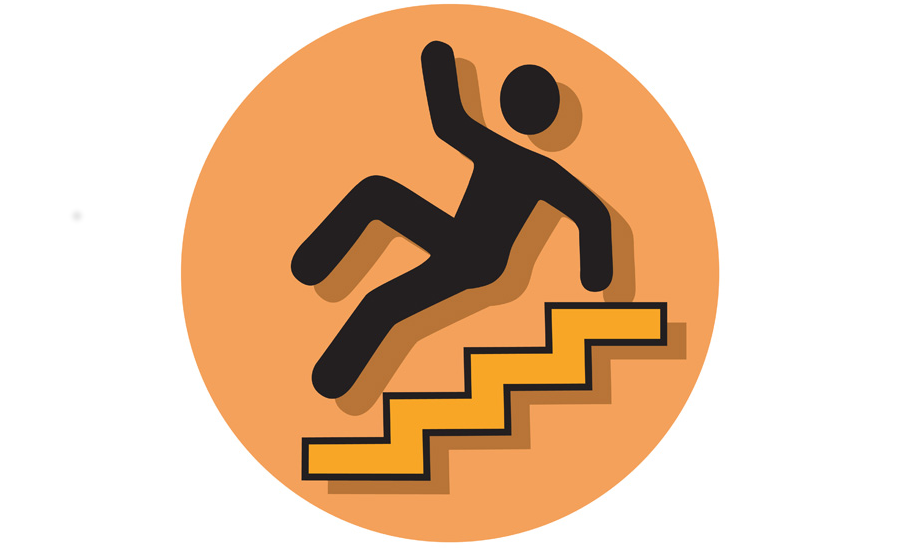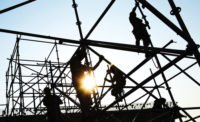Typical nursing home reports 100-200 patient falls per year

Statistics show an alarming prevalence of falls in nursing homes:
The largest single cause of falls among the elderly, at 36 percent, of potentially preventable hospital emergency room visits made by nursing home residents is injury due to a fall.
Deaths, sometimes even wrongful deaths, of approximately 1,800 nursing home residents each year can be attributed to fall-related injuries.
A typical, 100-bed nursing home reports at least 100 to 200 falls per year. Keep in mind these are only the reported falls. Several nursing home falls are never reported.
Adults 65 and older are four times more likely to die of fall-related injuries if they live in a nursing homes compared to those that live at home or with loved ones.
Up to 75 percent of nursing home residents fall on an annual basis. This is more than double the rate for senior citizens who don’t live in nursing homes. Over a third of fall-related injuries happen to residents who can’t walk.
Although a relatively small number (2 to 6 percent) of falls result in fractures, 10 to 20 percent of nursing home falls cause extremely serious injuries. Many of these injuries lead to loss of function and disability; the resulting fear of falling can also lead to further loss of function, social isolation, and depression.
According to the Centers for Disease Control and Prevention (CDC), around 16 to 27 percent of nursing home falls are a result on environmental hazards.
Typically, nursing home residents are on average older and in poorer health than seniors citizens who live in in their own homes or with relatives. As a result, nursing home residents may be more prone to falling and accidents. However, a well-run and effective nursing home should be able to prevent the majority of these incidents. It’s imperative for nursing home staff members to be attentive at all times, especially to patients who suffer from physical disabilities and cognitive impairments such as dementia.
These residents should always receive the proper foot care, shoes, and the appropriate walking aids. In addition, nursing homes should never have environmental hazards, and if any occur, they should removed immediately.
Environmental hazards consist of poor lighting, slippery floors, debris in walkways, improper exit signs, broken equipment and more. Plus, incorrect bed heights and faulty bed rails should be remedied immediately. Faulty bed rails and incorrect bed height accounts for close to 30 percent of nursing home falls nationwide.
Source: Nursing Home Abuse Center www.nursinghomeabusecenter.org
Looking for a reprint of this article?
From high-res PDFs to custom plaques, order your copy today!






